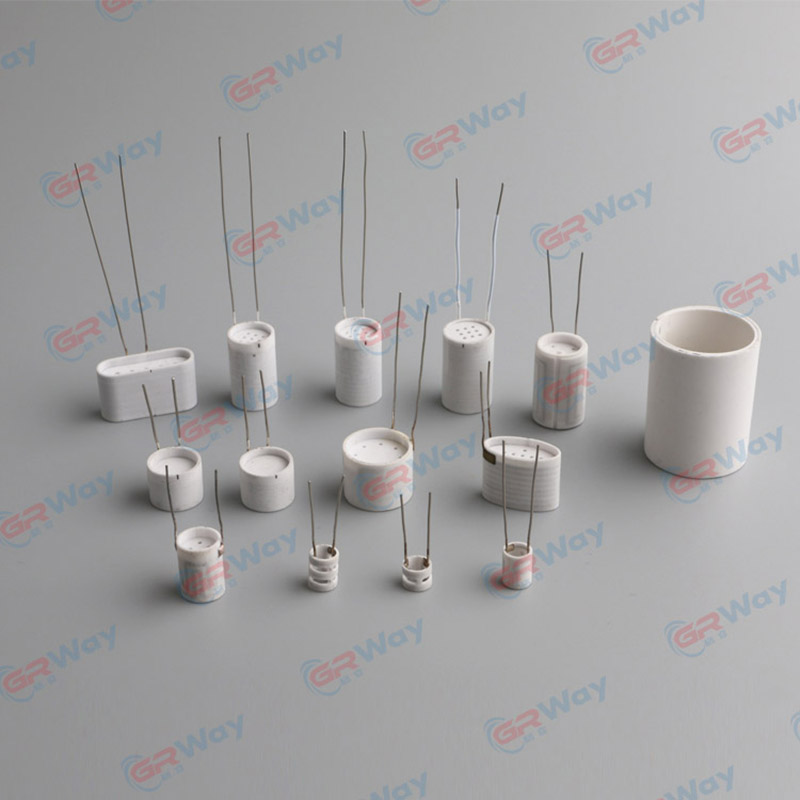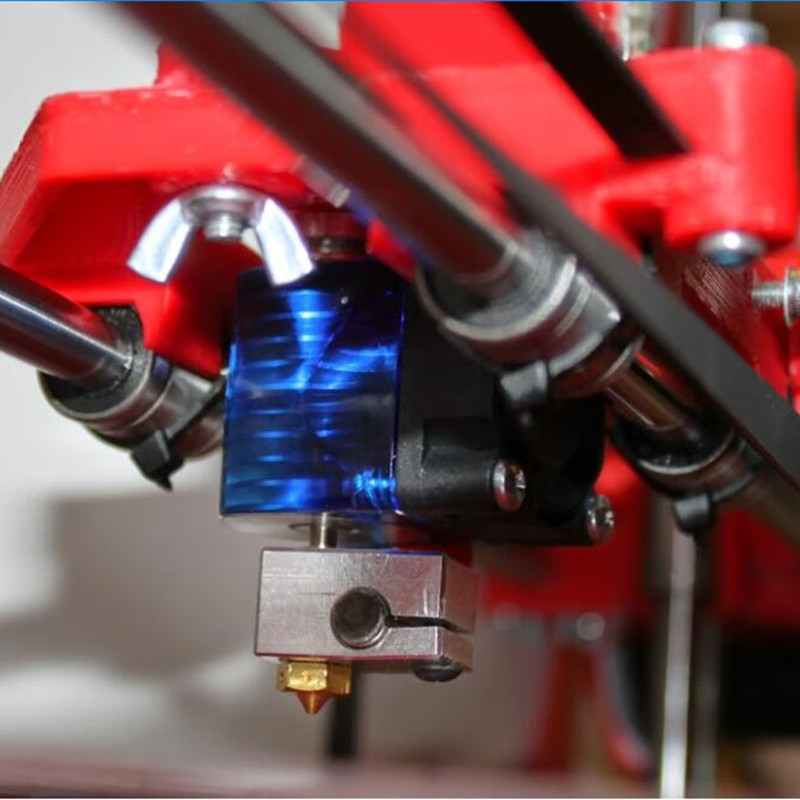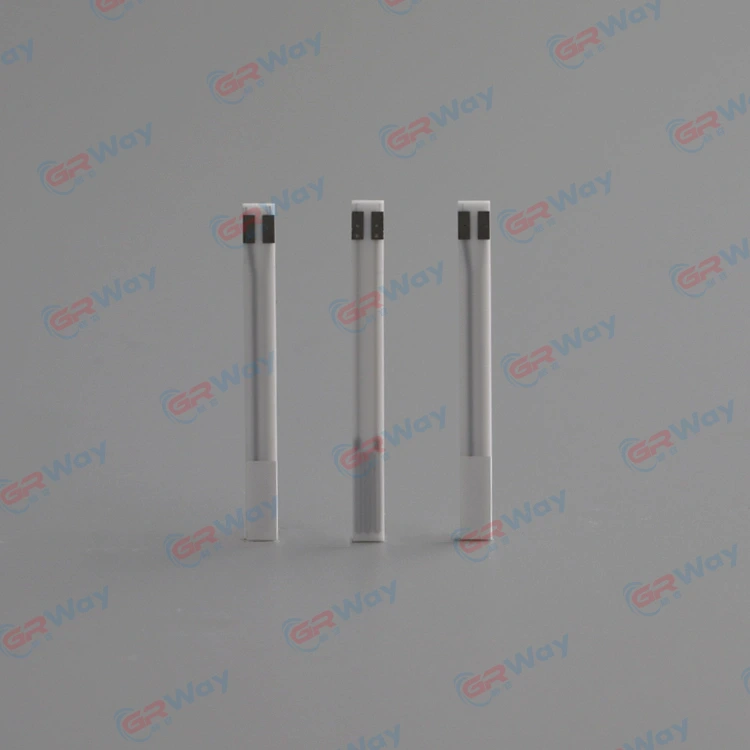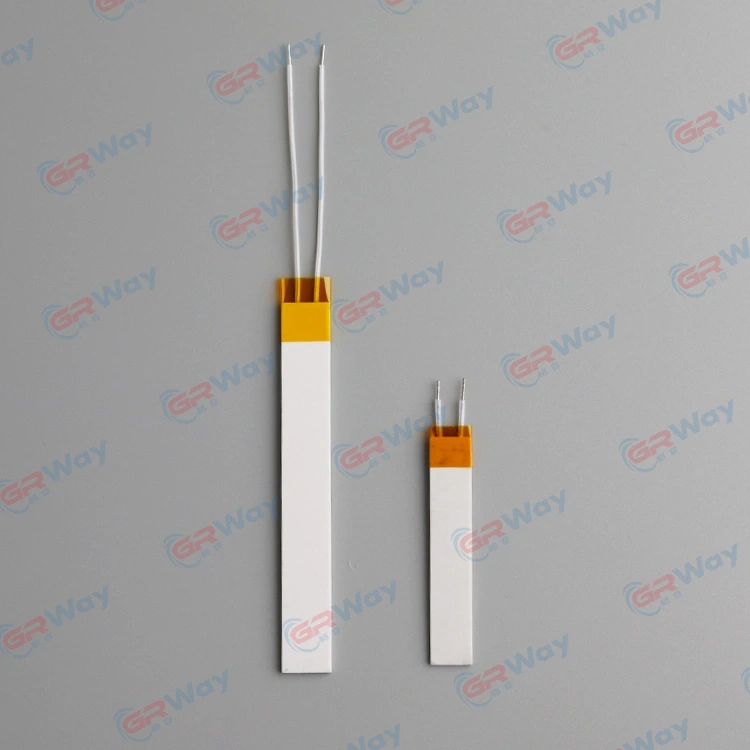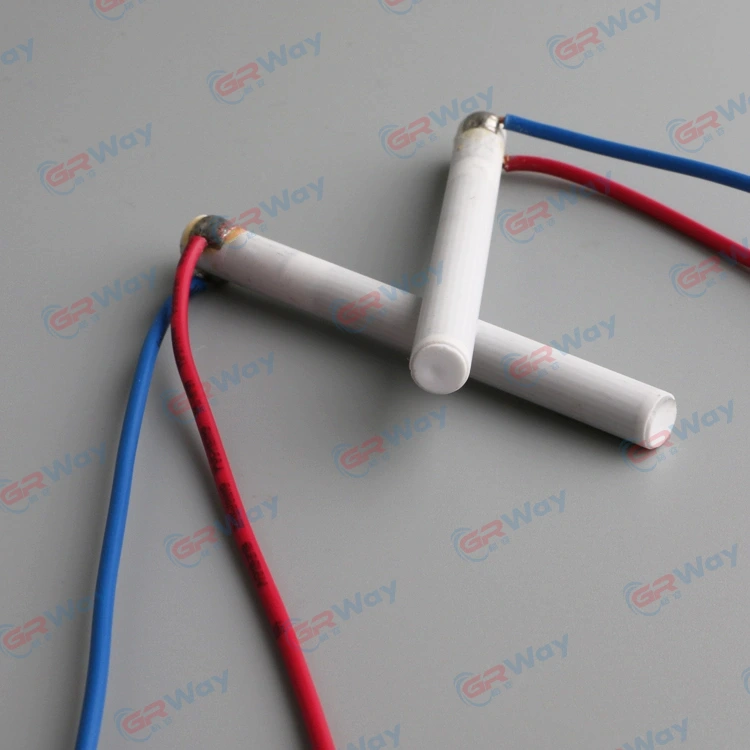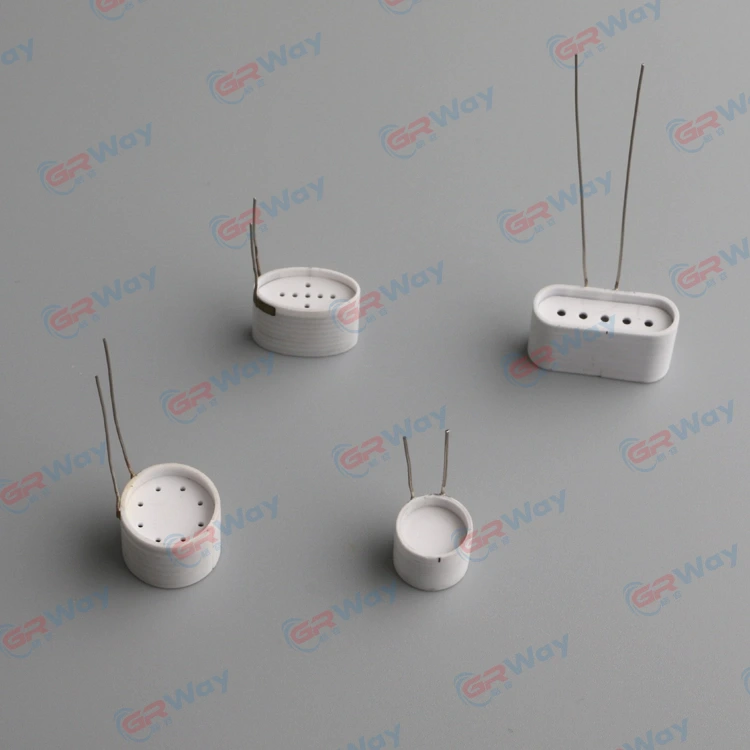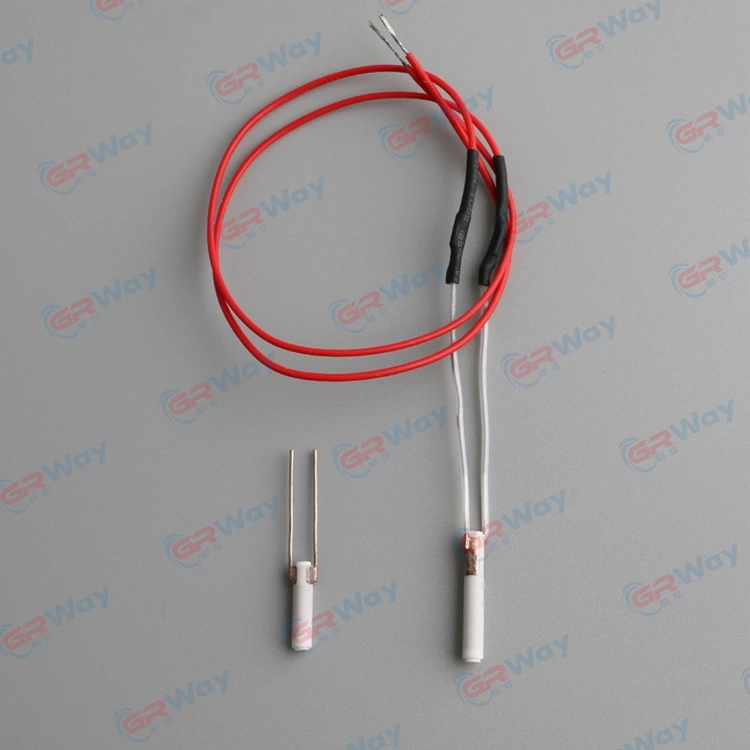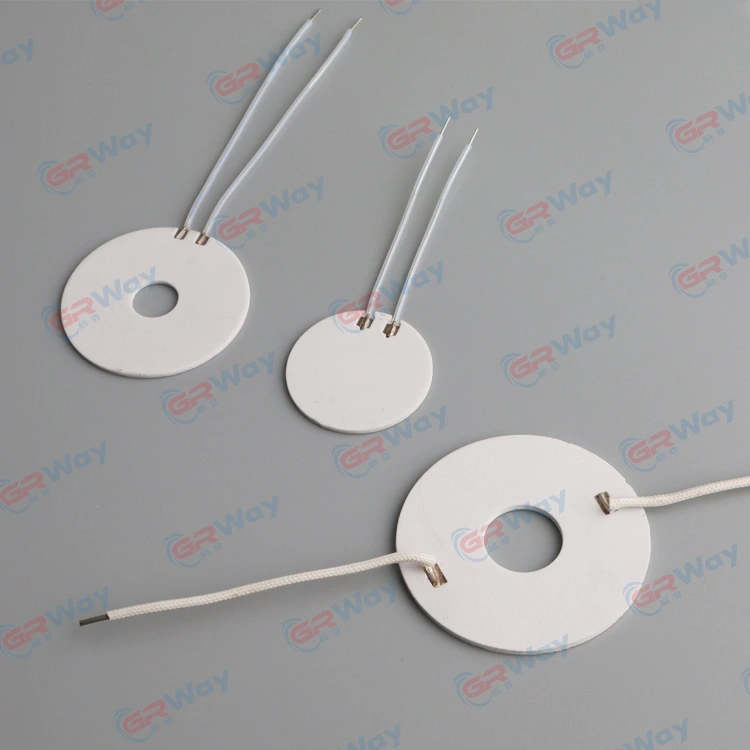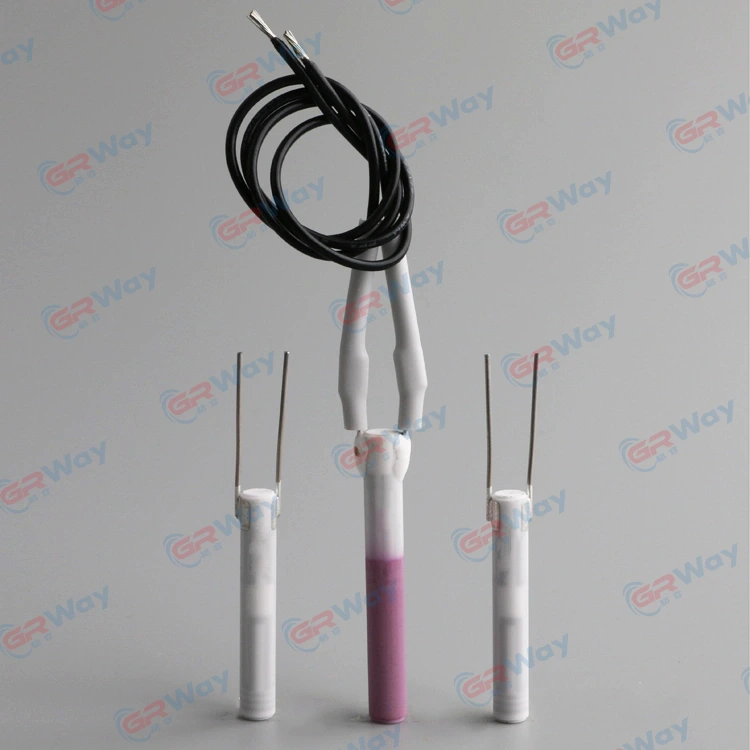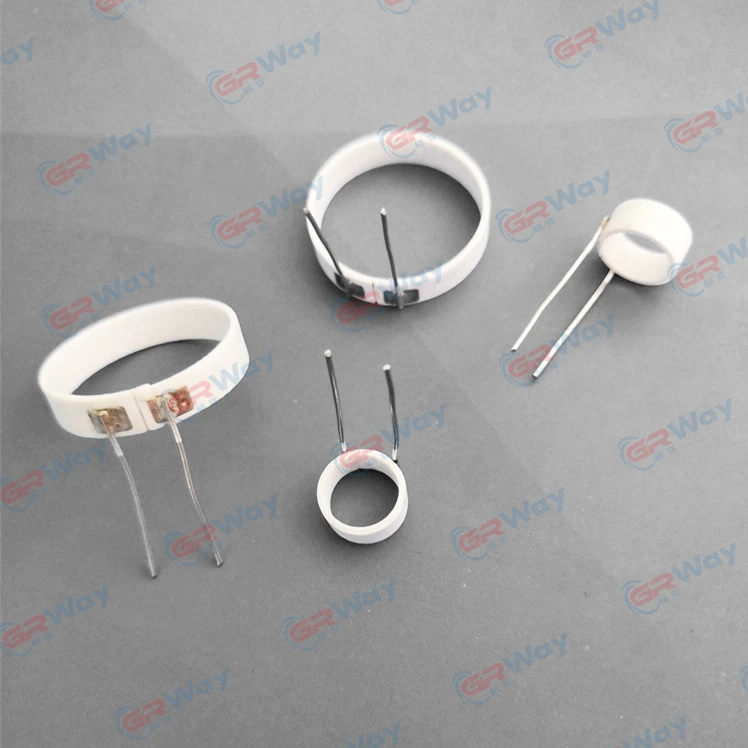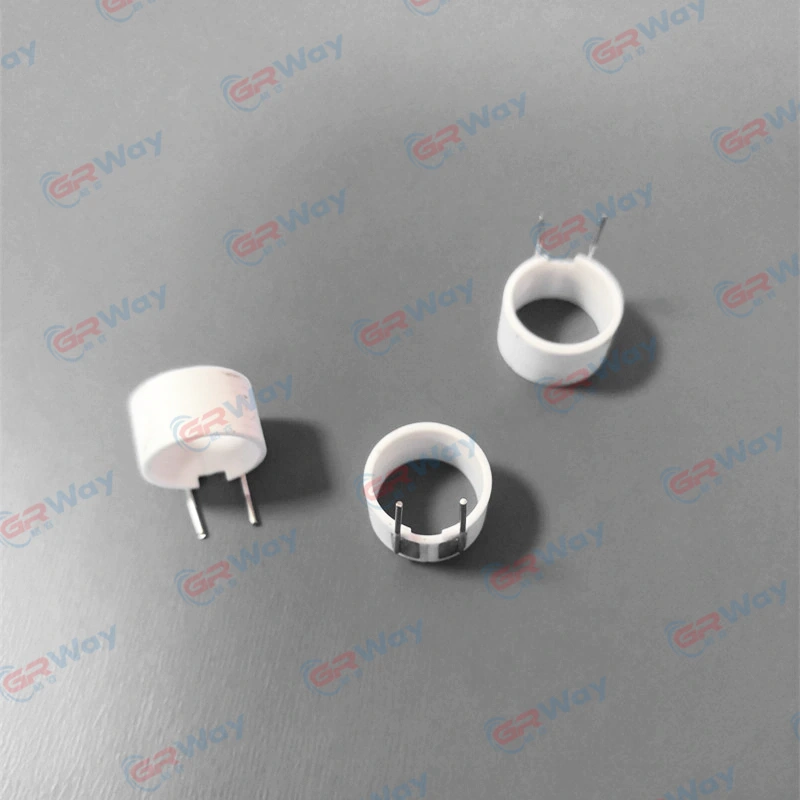Micro 60W Ceramic Heater Cartridge for 3D Printing
GREENWAY is a professional Ceramic Heater Cartridge manufacturer and supplier in China. We have been specialized in heating element solutions more than 10 years. Besides existing heating elements, we also provide customized heating element solutions and services to meet customer different needs according to customers' drawings or samples under the assistance of our own R&D team.
Send Inquiry
Specification of Micro 60W Ceramic Heater Cartridge for 3D Printing
|
Main Materials |
Aluminum ceramic |
|
Application |
E3D Printer Hotends |
|
Ceramic Heater Cartridge Shape |
Tube/Cup/Ring/plate ect |
|
Working Voltage |
12V OR 24V |
|
Working Power |
40W-60W-80W |
|
Ceramic Heater Cartridge Dimension |
Off -the -shelf models or customized |
|
Working temperature |
300~500℃ |
|
Heating Speed (heater element only) |
15 seconds to 300℃ |
What Are the Advantages of Ceramic Heater Cartridge for 3D Printing?
To increase the temperature of the hot end to a high enough temperature to melt plastic, a heating element is used. Nearly all extruders use resistive heaters, where electrical energy is converted into heat energy. Early extruders used insulated nichrome wire, which was coiled around the hot end. This setup provided uneven heating because it was dependent on how tightly the wire was coiled and wrapped around the hot end. Today, most extruders use a standardized ceramic heater cartridge. Inside of the cylindrical metal sheath of this heating element is a resistive wire wrapped around an insulating ceramic core. The benefit of this cartridge design is that all heating elements within a certain class will have a known heat output and fit snuggly inside of a set diameter hole. For higher heat outputs, which is needed for high flow rate extruders, larger ceramic heater cartridges can be used. The power output of a heater cartridge is measured in watts with a standard extruder using a cartridge with 25 to 60 W of heating output.
Most 3D Printer hotends use a ceramic heater cartridge, though some older designs use power resistors or nichrome wire. This component is, as the name suggests, responsible for heating up the hotend. The heat block usually clamps around the heater cartridge to provide good contact.
